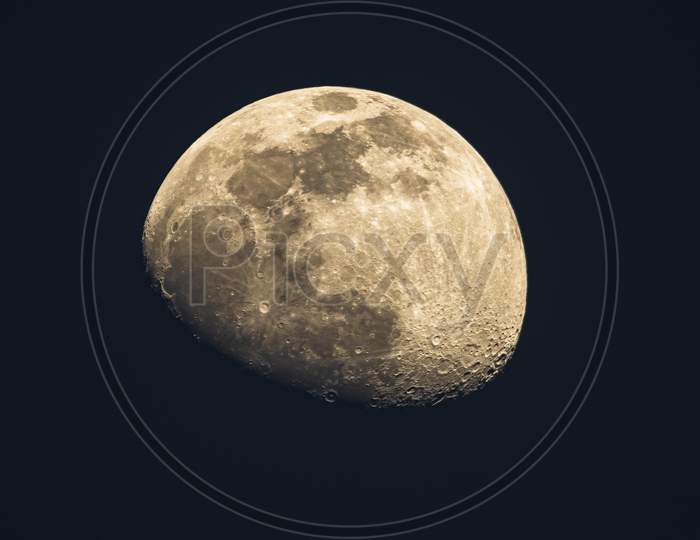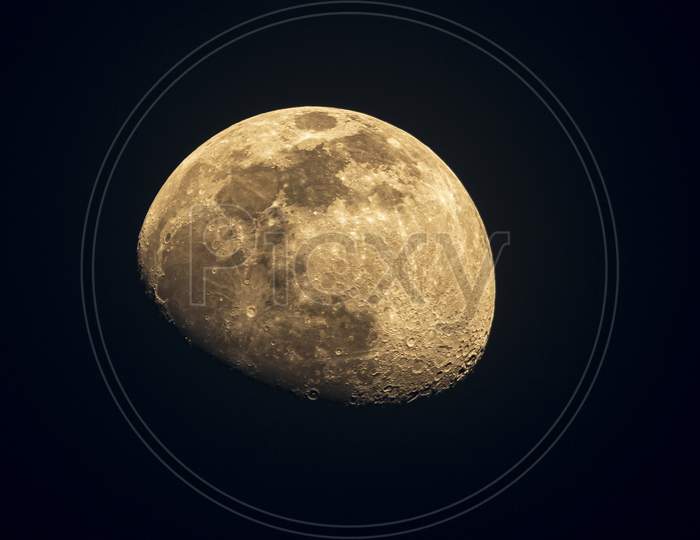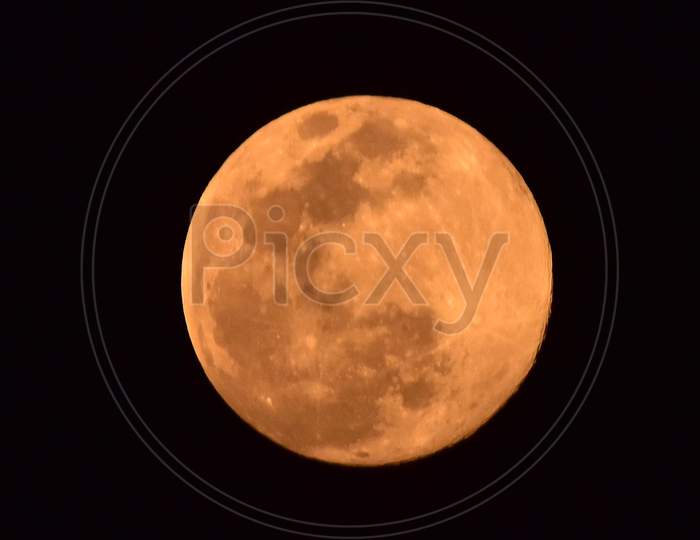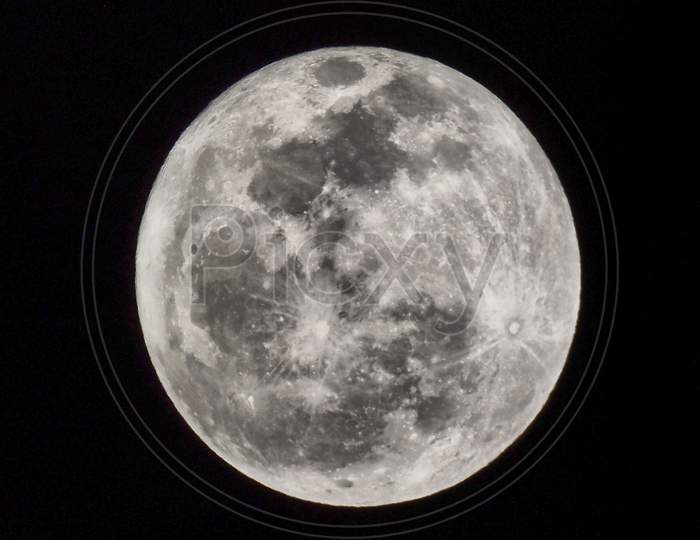- Stock Photo ID: #BX910035
- Image Credit: Picxy.com/alinaina
- Description:Zoom Test With the most Most Powerfull digital Camera zoom Ever Nikon COOLPIX P1000 Super-telephoto digital camera The Coolpix P1000 is a superzoom digital bridge camera produced by Nikon Moon, Stars, zoom test, "readable" distances. Zoom to the moon...and beyond Nikon's Coolpix P1000 has moved the zoom to the extreme with an equivalent focal length of 24-3000mm. That's right, 3000mm. Can read 10 Km away. Zoom the Moon and the Stars. With its crazy 125x optical zoom (24-3000mm full-frame equivalent), a 16 MP BSI CMOS sensor, 7 FPS continuous shooting speed and 4K video recording capabilities, the Nikon Coolpix P1000 is a very unique camera that has no real competitors. Its closest rival is its predecessor, the Coolpix P900, which offers inferior zoom range, no RAW shooting capability, inferior electronic viewfinder, and it is limited to full HD video. This makes the P1000 possibly the most feature-rich superzoom the world has ever seen. #CoolpixP1000??? #superzoom??? #ZoomTest??? Mind-blowing 3000mm zoom. 4K Ultra HD video. RAW (NRW), macro, time-lapse and so much more. Imagine being able to zoom far beyond the reach of standard telephoto lenses, to capture not just the moon, but the craters, peaks and valleys of its surface. Imagine being able to view the International Space Station in flight, even the rings of Saturn—not with a telescope, but with a one-of-a-kind Nikon camera. Introducing the COOLPIX P1000, the most extreme zoom Nikon ever, and a game-changer for birders, sports and wildlife enthusiasts, travel photographers and even those aspiring to venture to the moon and beyond without leaving their backyard. Key features 16MP, 1/2.3" BSI-CMOS sensor 24-3000mm equiv. F2.8-8 lens 'Dual Detect' optical image stabilization 3.2", 921k-dot fully articulating LCD 2.36M-dot OLED electronic viewfinder with eye sensor Raw support UHD 4K/30p video capture Microphone input Hot shoe Wi-Fi + Bluetooth 250 shots per charge Telescope-like zoom power This isn't super zoom, it's extreme zoom. A 3000mm equivalent NIKKOR ED glass lens—the most powerful lens ever used on a COOLPIX camera—opens a new world of shooting possibilities. VR image stabilization A Nikon technology that improves image stability by automatically compensating for camera shake. ISO 6400 ISO 6400 Maximum high ISO available on the camera is 6400 ISO. CMOS Complementary metal-oxide semiconductor, one of the two main types of image sensors used in digital cameras. The Nikon COOLPIX CMOS image sensor with a backside illumination structure increases the amount of light that each pixel receives. The resulting improvement in noise and sensitivity reduction makes the select COOLPIX cameras more capable when shooting night scenes or in dark indoor situations. Clear Color Display Our Universe is not silent.. Although space is a vacuum, that does not mean there is no sound in it. Yes, space is a vacuum - so it generally doesn't carry sound waves like air does here on Earth. However, some sounds do exist in outer space, we just can't hear them. Various probes that zoom through the space are capable of capturing radio emissions from astronomical objects. NASA's scientist have designed special instrument known as 'astronomical interferometer' which can record these electromagnetic vibrations, and transfer them into sounds within range of human hearing (20-20,000 Hz). Interesting Facts about our Moon: The Moon's Latin name is Luna. The Moon formed approx. 4.5 billion years ago. Moon is the fifth-largest natural satellite in the Solar System. The moon orbits the Earth at an average speed of 3,700 kilometers an hour. The Moon is in synchronous rotation with Earth - it is always shows Earth the same side. The Moon’s surface is dark. The dark side of the Moon cools to about -169 degrees Celsius. During the lunar day that lasts about a month Moon's surface bakes in the sun at up to 117 degrees Celsius. The Moon is drifting away from the Earth approx. 3.8 cm every year. The Moon has quakes called the Moonquakes. There is water on the Moon. The Soviet Union’s Luna program featured the first successful landing of an unmanned spacecraft on the surface of the Moon in 1966. The USA’s NASA Apollo 11 mission in 1969 was the first manned Moon landing. The first person to set foot on the Moon was Neil Armstrong. A lunar eclipse occurs when the Earth is between the Sun and the Moon. The Moons is actually more of an oval shape. The Moon is international property. Apollo 17 astronaut Harrison Schmitt was allergic to the Moon. Astronauts have brought 842 pounds of moon material back to Earth. The dark spots on the moon are called maria.
Get Indian Images for as low as Rs.100 with our Value Packs.See More


 Sample
Sample
 Share
Share




